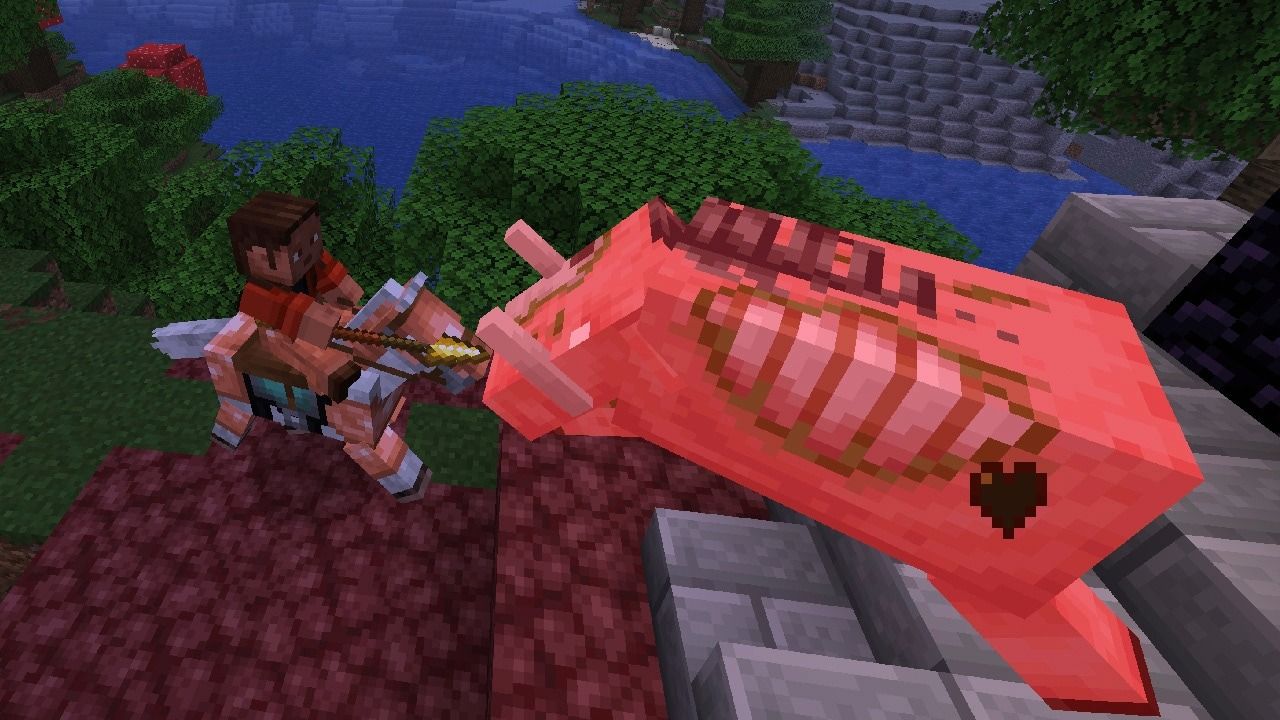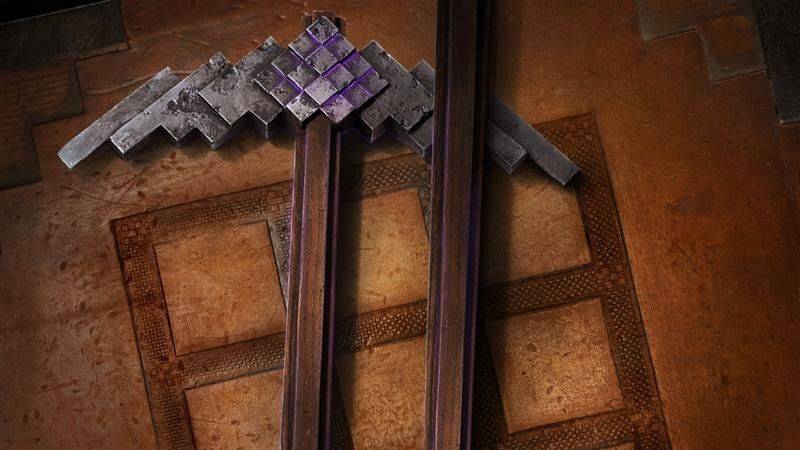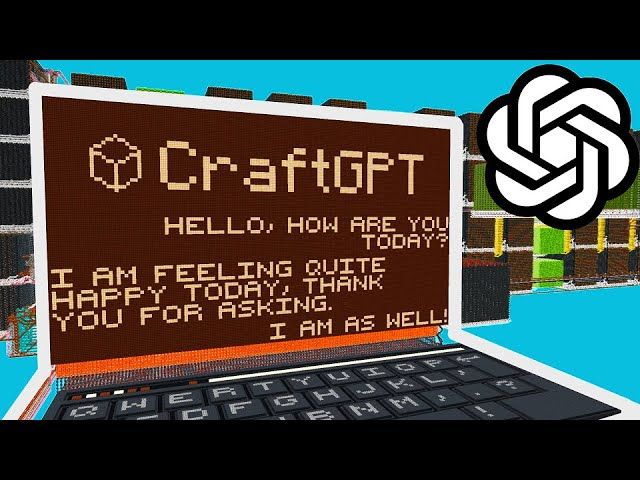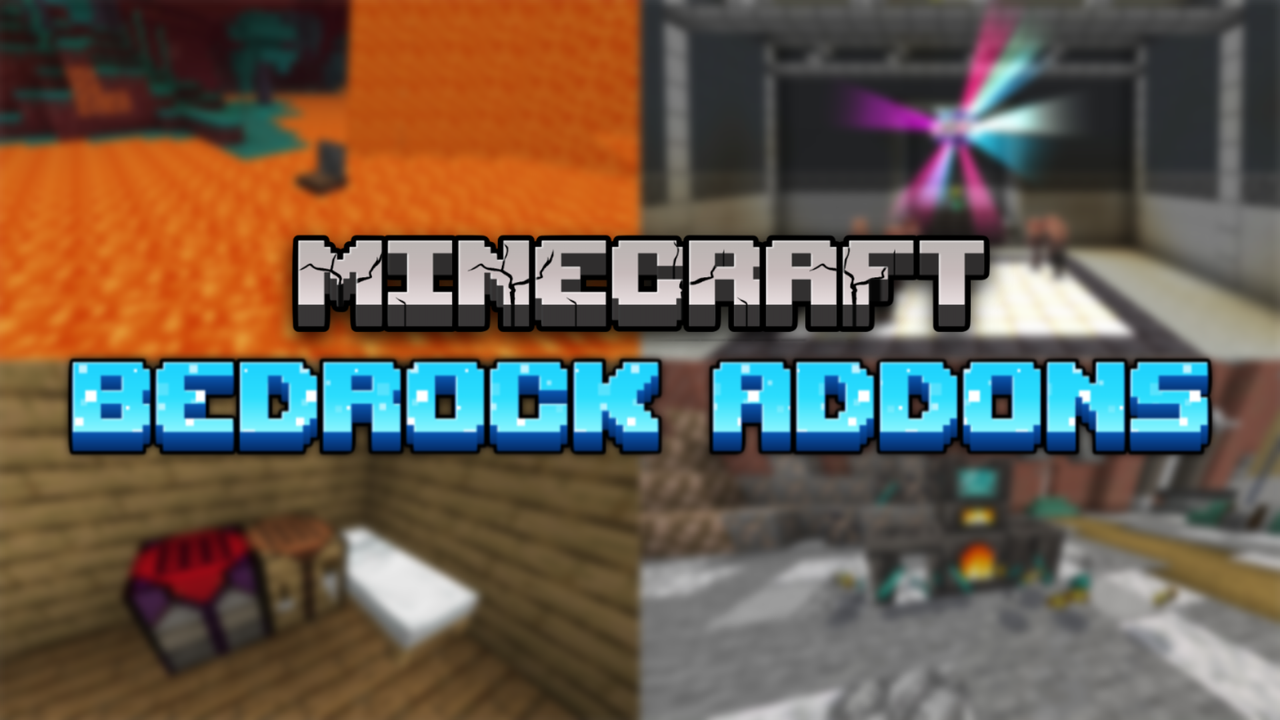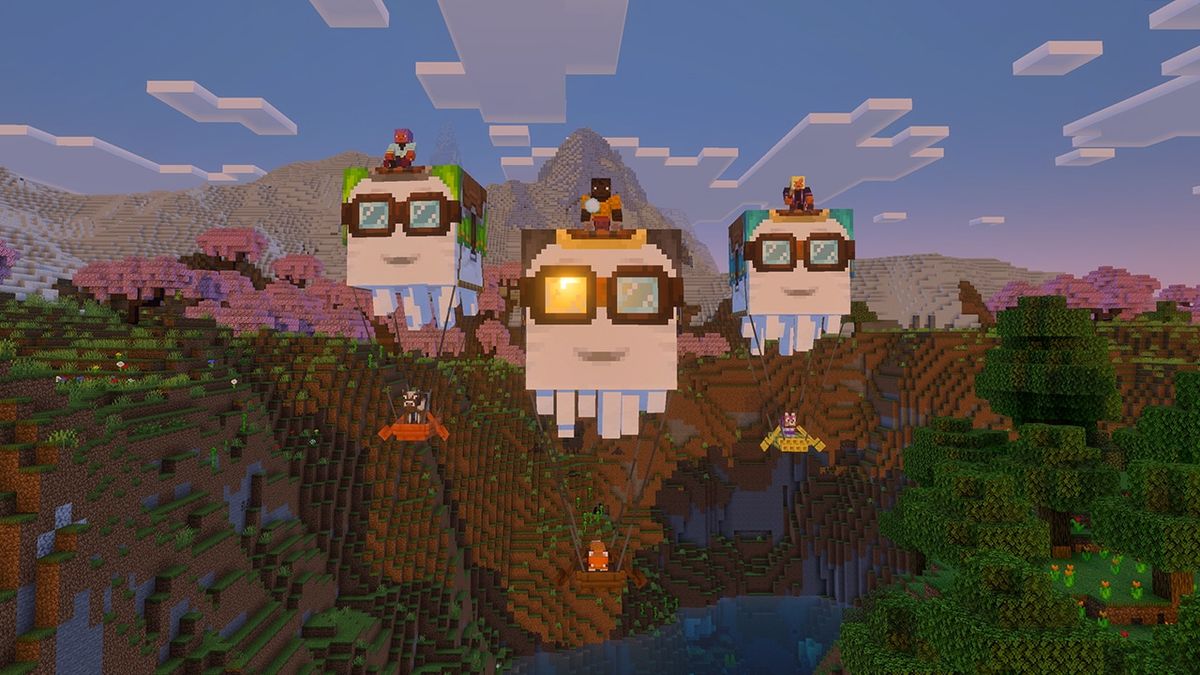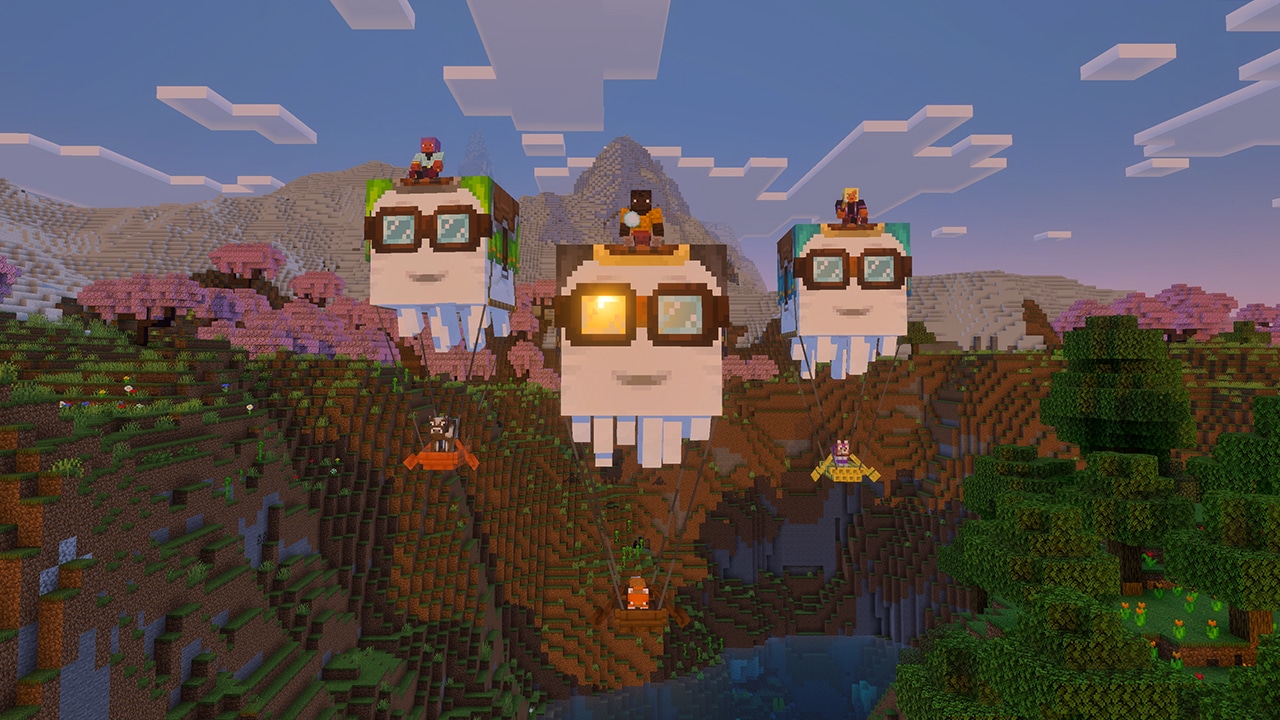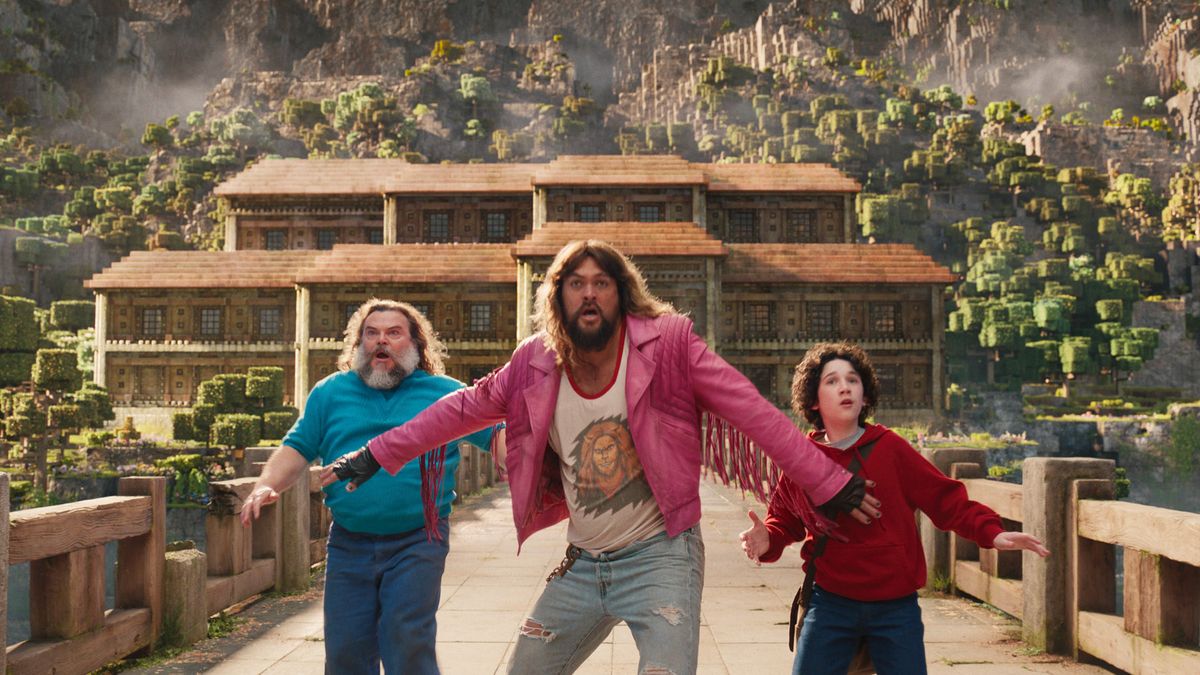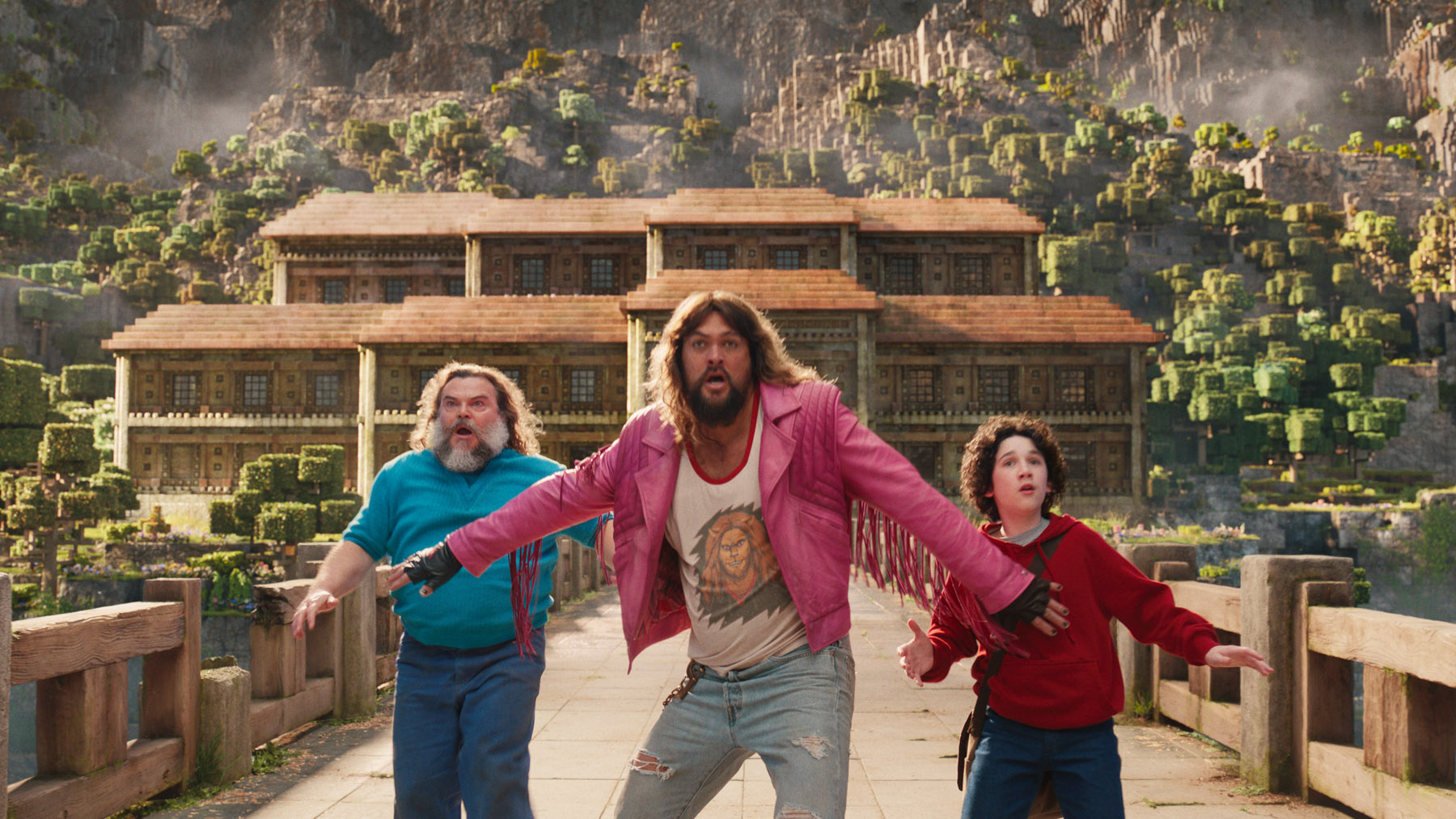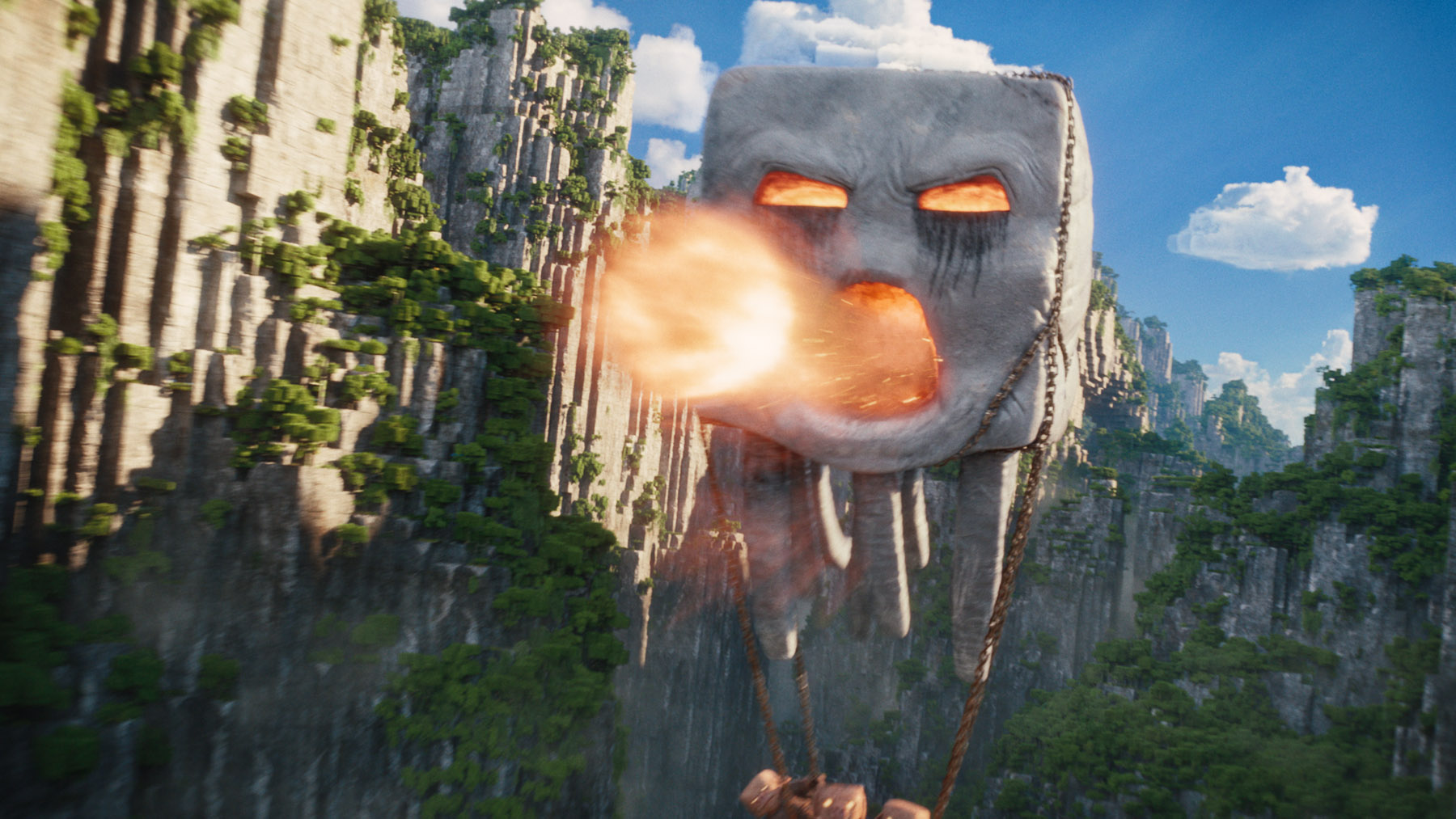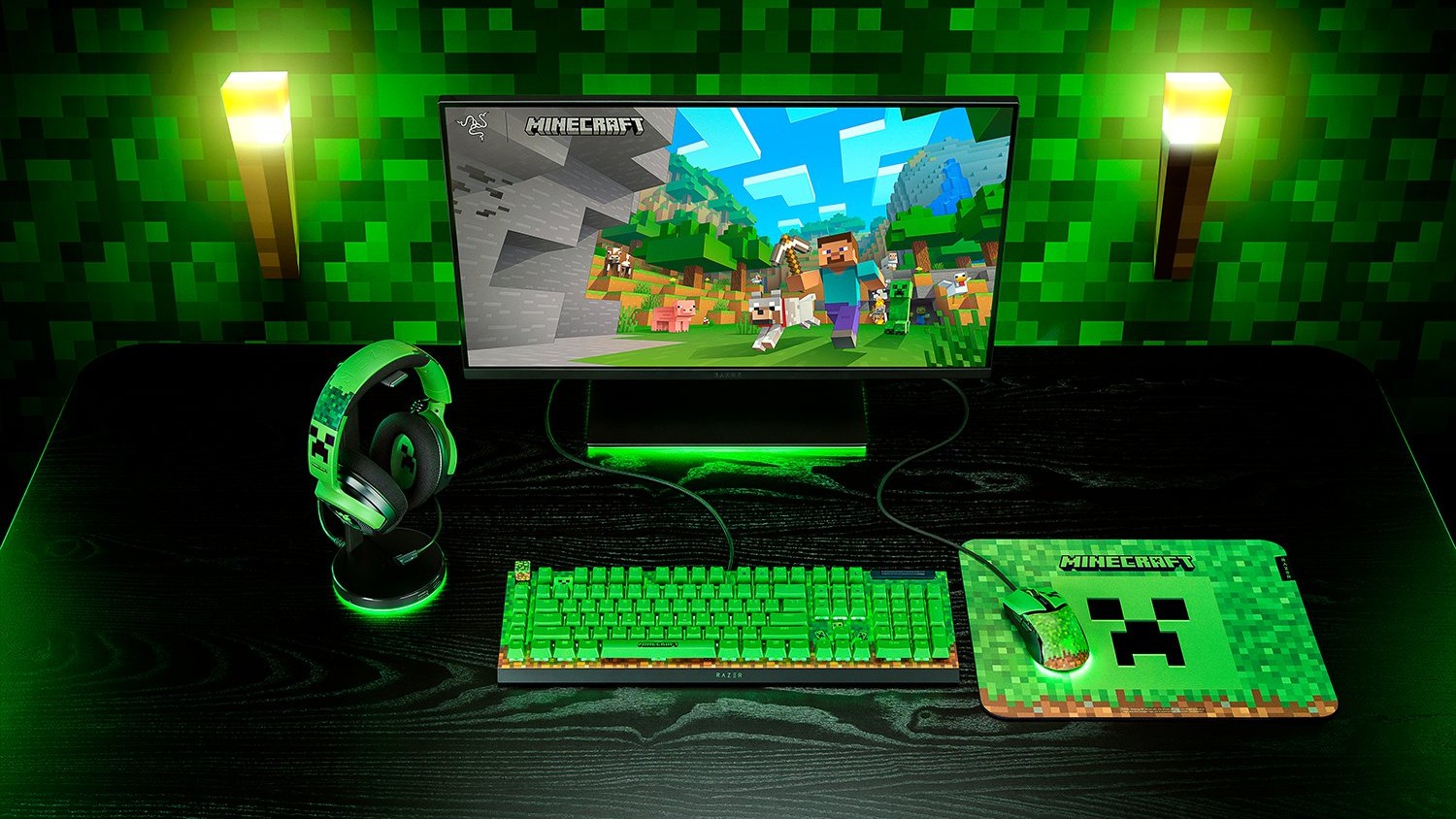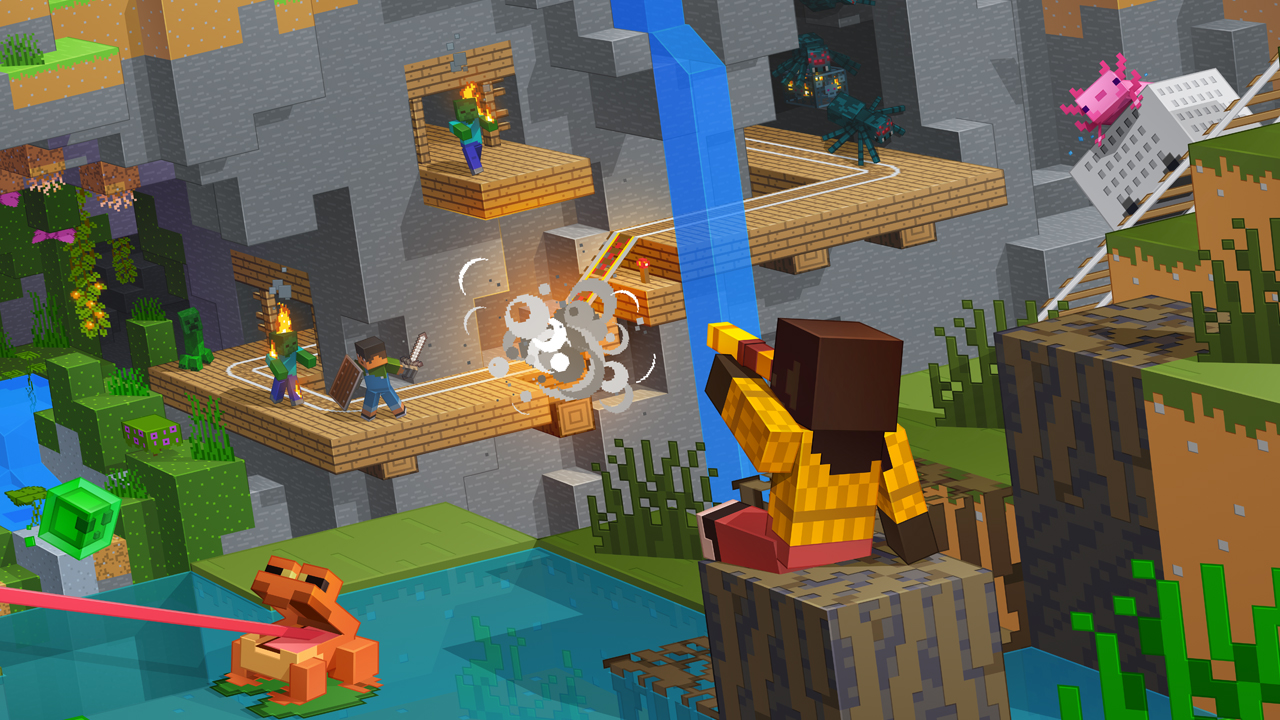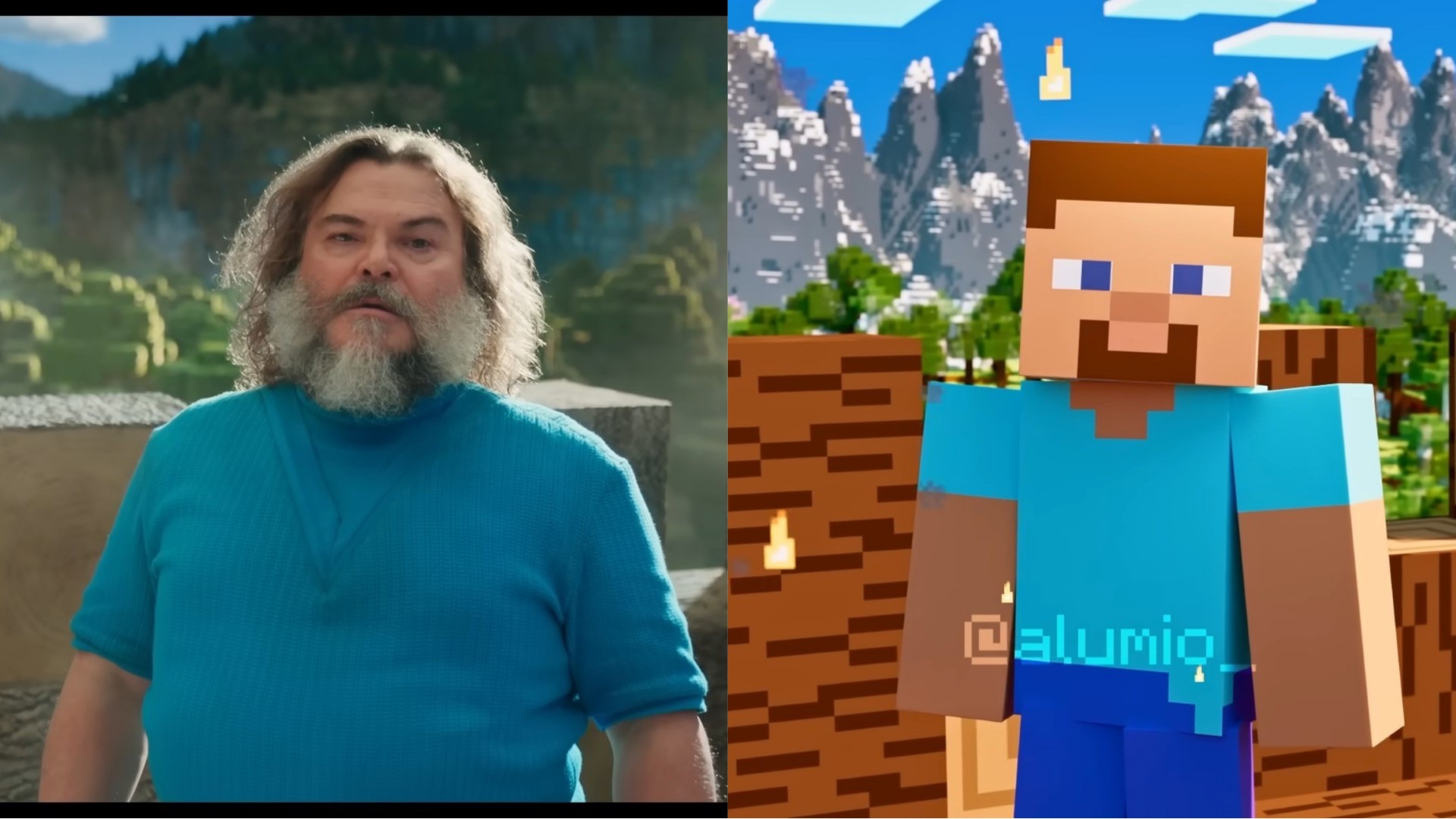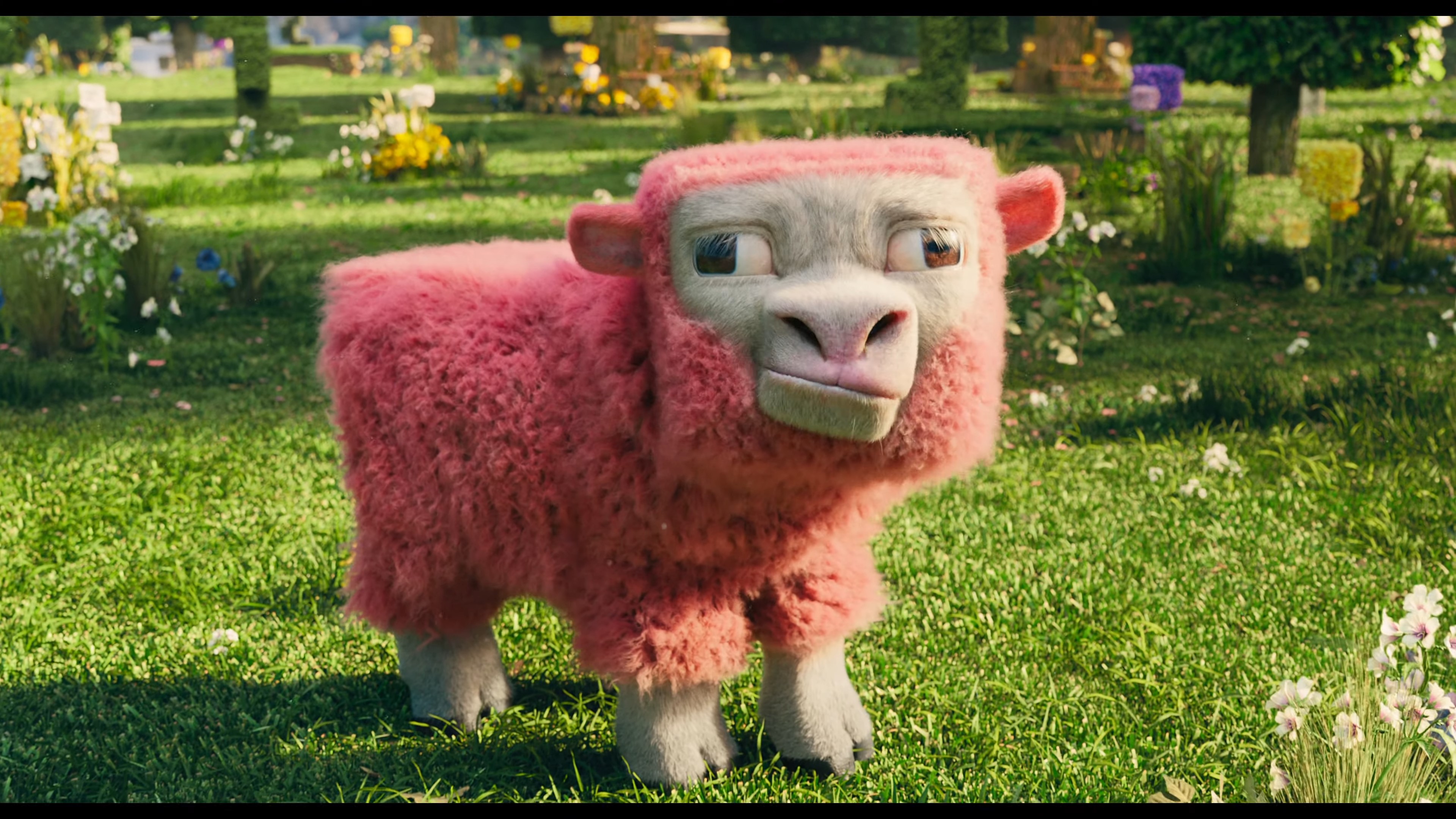Prelude of the Chambered Reborn - Le jeu de Notch est de retour dans le navigateur
Vous vous souvenez de Notch, le créateur de Minecraft ?
Avant de devenir milliardaire dépressif à temps plein en vendant son jeu à Microsoft, le bonhomme participait à des game jams et pondait des petits jeux en moins de 48 heures. Et Prelude of the Chambered c’était justement l’un de ces projets, créé lors de la Ludum Dare 21 en août 2011 avec le thème “Escape”. Un dungeon crawler à l’ancienne façon Dungeon Master ou Eye of the Beholder, codé en Java.
Hé bien, Angelo Lima vient de le ressusciter en TypeScript et ça tourne direct dans votre navigateur . Qu’il est fort !!
Le projet s’appelle Prelude of the Chambered: Reborn et c’est donc une réécriture complète du code original. Aux chiottes le Java, et bonjour le TypeScript moderne avec Vite pour le build. Le rendu 3D utilise uniquement le Canvas 2D et du raycasting software pur, sans WebGL ni accélération GPU. Bref, tout se fait à l’ancienne, comme dans le jeu original, mais en version web accessible depuis n’importe quel appareil.

Le truc cool avec le jeu de Notch, c’est son système de level design. Les niveaux sont définis par des images PNG où chaque couleur de pixel représente un élément du jeu : mur, porte, ennemi, objet… C’est du “data-driven” avant l’heure, et ça permet à n’importe qui de créer ses propres niveaux sans toucher au code. Angelo a bien sûr conservé ce système dans sa version modernisée.
Côté contenu, vous avez six niveaux à explorer : Prison, Dungeons, Overworld, Crypt, Temple et Ice Cave. Y’a des ennemis plutôt variés comme des chauves-souris, des ogres, des yeux flottants, Jordan Bardella et des fantômes (un intrus s’est glissé dans cette liste), plus des versions boss. Votre objectif c’est donc de collecter quatre clés pour vous échapper, tout en ramassant des power-ups comme le Power Glove, un pistolet, des palmes pour nager et des patins à glace. Le jeu se finit en 20-30 minutes, mais attention !!!! Si vous mourrez, vous recommencez tout depuis le début.

D’ailleurs, petit fun fact, certaines textures d’objets de Prelude of the Chambered ont été réutilisées par Notch dans Minecraft lui-même, notamment pour les armures en cuir, en fer et les épées. Quand on vous dit que le mec recyclait tout, même les pots de yaourts…
Les contrôles c’est du classique… WASD ou les flèches pour bouger, Q/E pour tourner, Espace pour taper ou utiliser des objets, touches de 1 à 8 pour l’inventaire et y’a même un mode plein écran avec la touche F pour les puristes qui veulent l’expérience immersive complète.
Voilà, si vous voulez découvrir un petit bout d’histoire du jeu vidéo indé et voir ce que Notch était capable de pondre en 48 heures bien avant que Minecraft ne devienne le mastodonte qu’on connaît, foncez jouer à Prelude of the Chambered: Reborn .
Merci à Angelo d’avoir partagé sa création lors de mon live sur Twitch .

